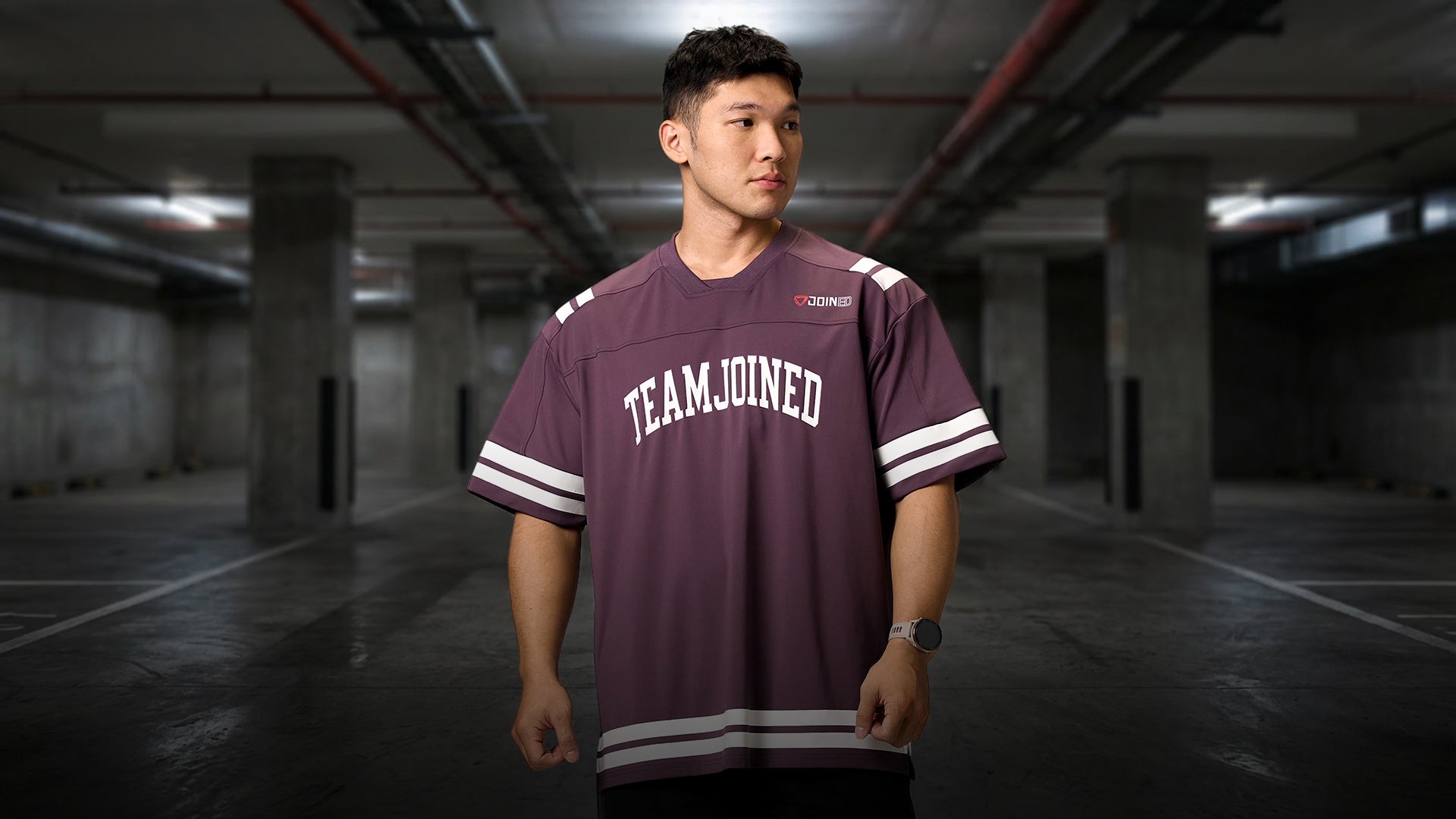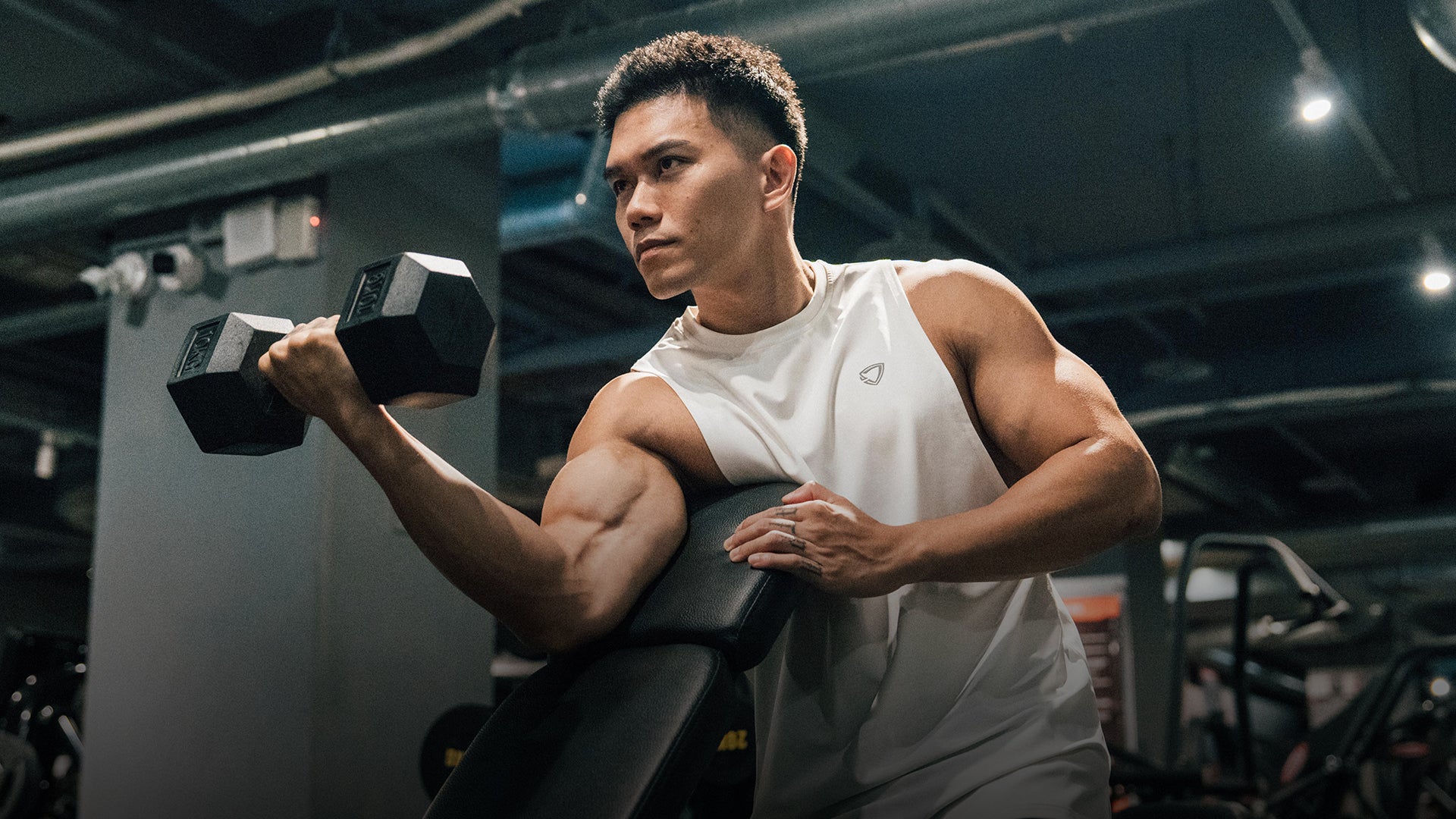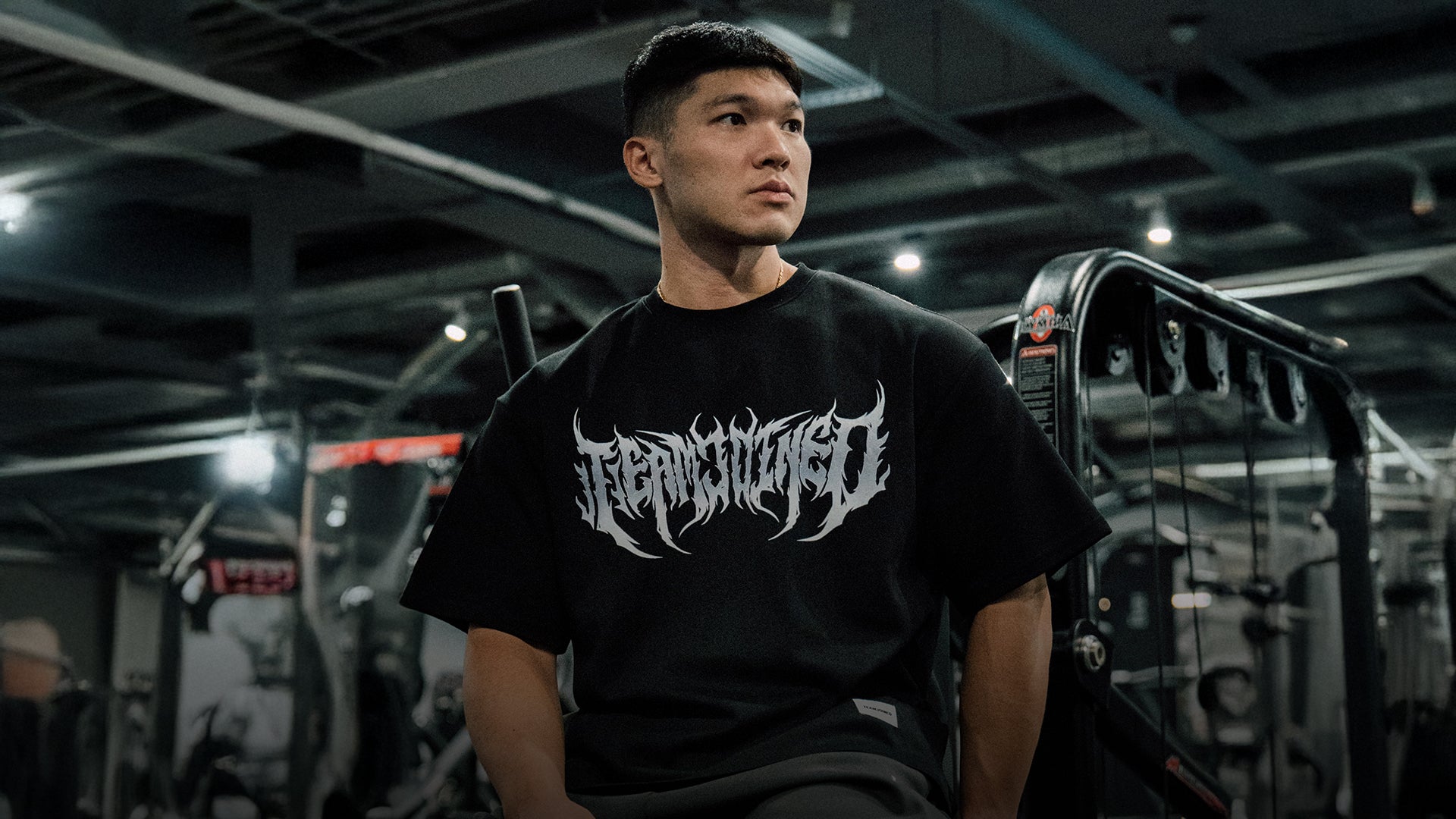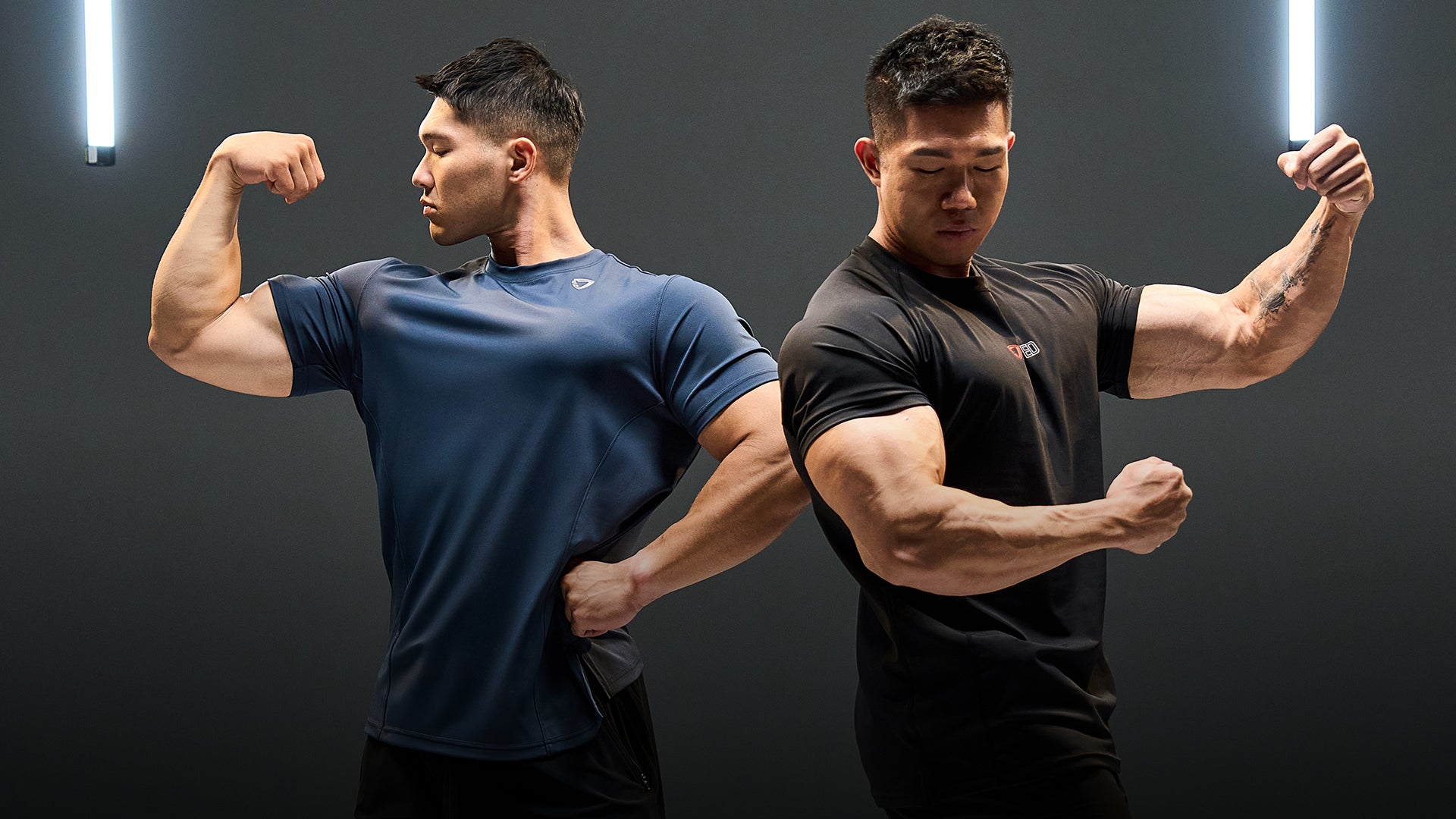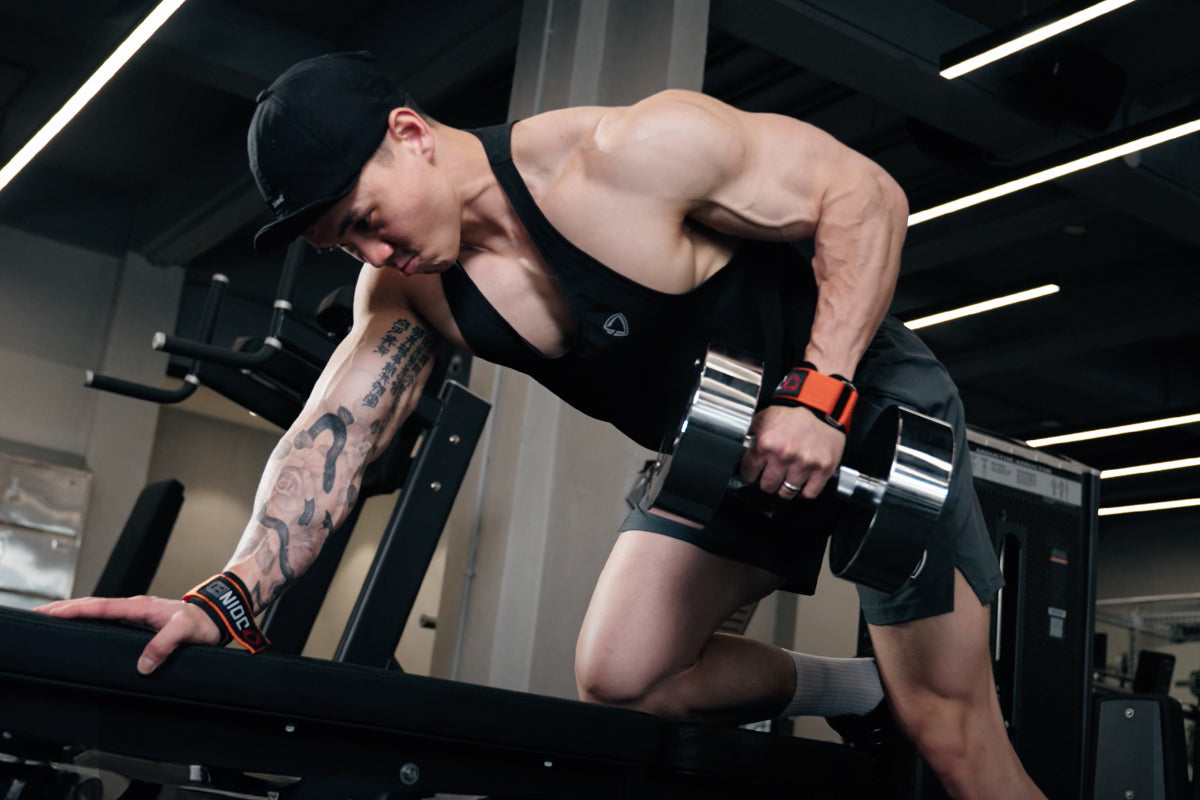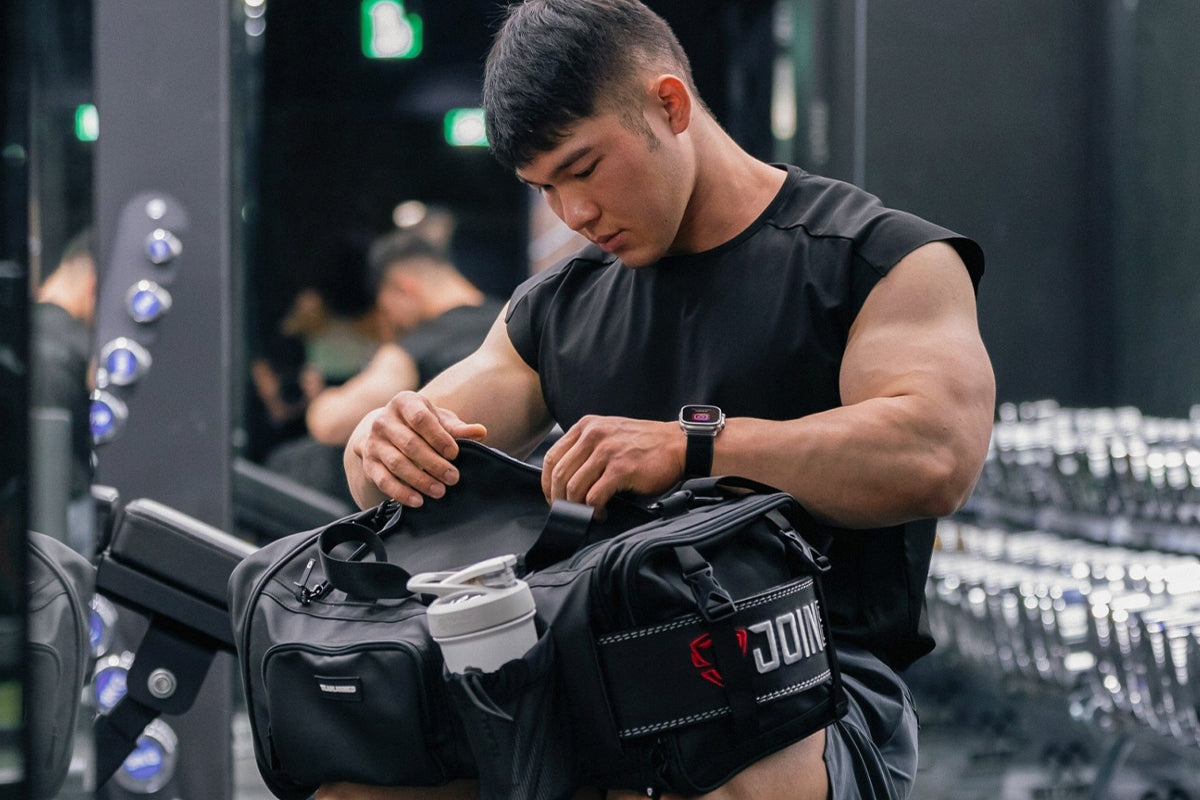Have you ever been in the scenario where you felt like you could do a few more reps in a lat pull down but you feel your hands slipping away? Well, a lifting strap or a lifting grip could help you out just right! A lifting strap or grip is a tool that helps you hold onto your weight with less effort and continue the workout without that early fatigue in the forearms. The idea of using these kind of products is to allow the lifter like yourself to focus more on the targeted muscle group and less on the forearm grip.
What are the differences?
Both the Lifting Straps and Lifting Grips share similar functions which is to increase grip stiffness, so that you can get more reps done before fatigue kicks in. But there are still some differences between them. Depending on your level and experience, you might be thinking which one is more suitable for you. Let’s see the pros and cons for both products.
Lifting Straps
An old school weight lifting product that does just the right work for your everyday lifting. It is usually made of nylon, leather or cotton. It is designed to be heavy-duty, durable and affordable. Depending on the brand, they could probably become your life-long training partner if taken care of well. The best thing about the basic strap is it can be used in most of the scenarios, and provide assistance in hand grip and a fair amount of wrist movement at the same time. That is why Olympic weightlifters are huge fans of this tool when they are performing exercises like cleans and snatches which require transitions of posture and form in different stages of the movement. There are quite a few other designs for straps, too, such as closed loop strap, figure 8 straps and lasso straps, etc. Check out Men'sHealth’s article for a detailed comparison.
Lifting Grips
The grips are essentially lifting straps, but with improved functions. It has always been the #1 go-to option when it comes to choosing the first lifting gear because of its better protection, stability and stronger grip compared to the lifting straps. The technology of the grips is more advanced and it is even easier to use these days. If you are using lifting grips, just simply cover your palm over and wrap the paddie-part under the bar and you are good-to-go. Since it has the better grip and stability, your smaller muscle groups such as the muscles in the hand and the forearm are assisted so your gross muscle groups can be focused more, for example the lats and the glutes during a deadlift. This made lifting grip a perfect choice for bodybuilding training. Besides, due to the easy set up, you can quickly release the weight in a snap. No energy will be wasted on setting up and loading off the weight.
Which one to choose
It seems like lifting grips are having more benefits, right? Well, you get what you paid for~ The all-in-one lifting grips have more functions and are overall a better build compared to the lifting straps. It also provides better protection for beginners. If cost is not a problem, definitely go for the lifting grip because it is easy to use and also a safer option.
If you are a bit tight on budget, a strap will still do its work. It offers more wrist mobility compared to the grip so if you are planning to do some Olympic lifting, the strap is your pick. Just take some practices on wrapping the weight and the lifting strap will already elevate your lifting journey to another level.
Grabbing On The Weight In 2 Different Ways
Lifting Grip
The lifting grip can basically be used for every workout due to its versatility. Below is how you can set up with a barbell.

Just simply wrap the pad under the bar and cover by your fingers and they are good to go.
How to use tie up a lifting strap


The strap should go up as where your thumbs are going, then wrap under like the grip but with a few more rounds. Twist to tighten the strap.









